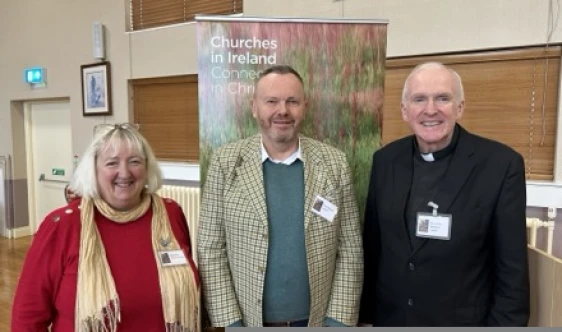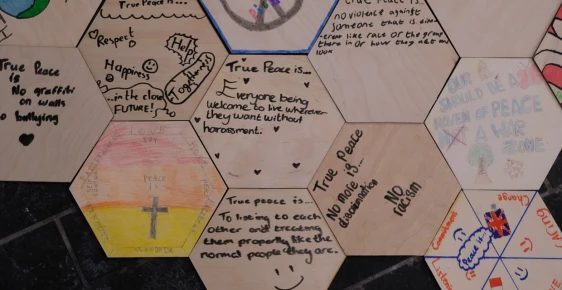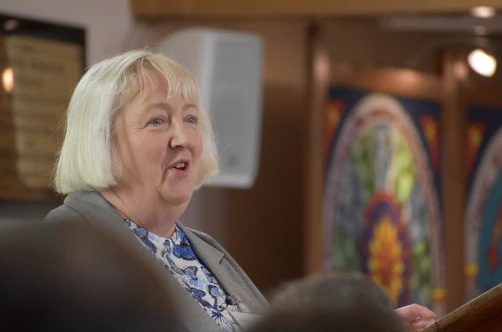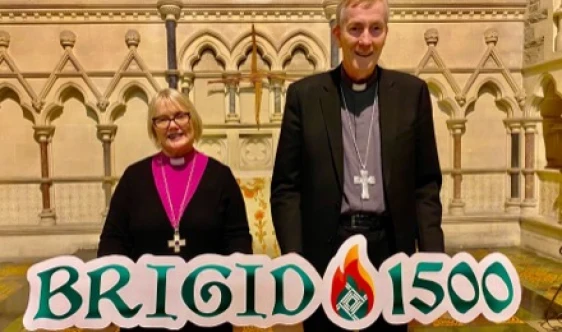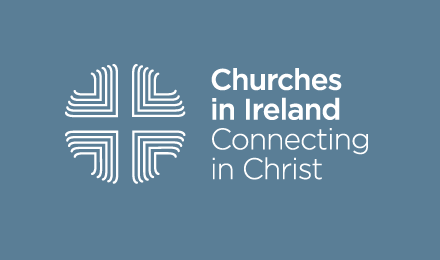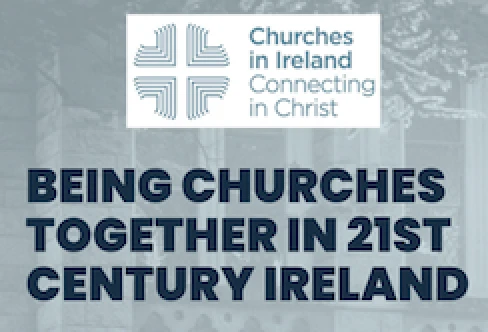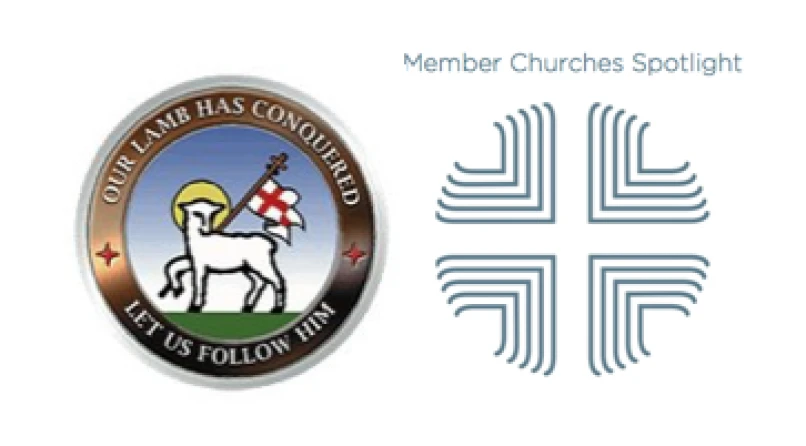
In September’s Member Church Spotlight, Livingstone Thompson, minister of the Moravian Church on University Road, Belfast, shares more about the history, beliefs and congregations of the Moravian Church in Ireland.
A brief history of the Moravian Church in general and in Ireland
The Moravian Church began in the mid fifteenth century, emerging as one of the strands from the Hussite reformation in Bohemia and Moravia, modern day Czech Republic. Jan Hus led this reformation some 60 years before the Lutheran Reformation. He was declared a heretic and burned at the stake at the 1415 Council of Constance. Following this, in 1457, the Unity of the Brethren established the Unitas Fratrum, commonly called the Moravian Church, as a separate church. The Church is the oldest Protestant Church, having flowed in the subsequent Protestant Movement. After a period of retraction and decline due to persecution in the counter–reformation, the 1700’s saw a renewal and rebirth as settlers from Moravia moved to Eastern Germany. The settlers found refuge in the estate of Count Zinzendorf, a nobleman who had been brought up in the traditions of Lutheran Pietism. This marked the start of second major period in Moravian Church history.
From this point, the Moravian Church recovered its past, built new structures and spread throughout the world in a century of zealous missionary activity. The first missionaries went to the West Indies in 1732. Their aim was to bring the Gospel to Africans who had been enslaved there. The Moravian witness came to the United Kingdom in the 1730’s. From 1740–50 there were several congregations and meeting places established on the island of Ireland. Today there are five churches, all in Northern Ireland which include University Road and Cliftonville in Belfast, Kilwarlin near Hillsborough, Gracehill near Ballymena and Ballinderry in Lower Ballinderry.
What does a typical Worship (Liturgy) service look like?
Worship in the Moravian Church depends on the province. In Ireland churches can choose to follow a written liturgy or not. The written liturgy includes readings, prayers and responses. Worship includes lots of singing, evidencing to an enthusiastic singing tradition in the church.
Throughout the week are there any other meetings for the congregation to attend?
Typically, there is a mid–week meeting but regular Sunday evening services are less frequent. Where Bible study is not held weekly, it would that run for a few sessions at a time. The congregational weekly fellowship activities include clubs for bowls, gardening and art. The Moravian Church also has youth meetings and fundraising events throughout the year.
What is the structure of leadership across the Moravian Church in Ireland?
The Moravian Church, Irish District is one of six districts across the United Kingdom and Ireland. Each district typically includes five or six congregations. District meetings are attended by representatives from each congregation and give an opportunity to come together and share resources, ideas, fellowship and growth. The highest legislative body for the province is the Synod, which meets every two years. The Congregational Council which elects the church committee, is chaired by the minister and has oversight for the work of the congregation. Congregations and ministers are accountable to the Synod through the executive board, the Provincial Elders’ Conference (PEC). The PEC is elected by the Synod and has administrative and trustee oversight of the whole province. A Bishop is elected by the Synod and symbolises the unity of the Church. He or she is authorised to do ordination of deacons and the consecration of presbyters and with other Bishops the consecration of a Bishop.
Information about outreach programmes/ mission organised by the Moravian Church
The Moravian Church has a general interest in youth work, education and social activism. Overseas mission is also important to the church and so organisations, such as Christian Aid, are supported regularly.
What are the established connections between the Moravian church and other Churches in Ireland?
The Moravian Church is a founding member of the Irish Council of Churches and the World Council of Churches and so has a strong and proud ecumenical tradition. The Church is involved in formal conversation, related to mutual recognition of ministry, with the Church of Ireland. The congregations regularly welcome ministers from other churches to preach at special services. Congregations also enjoy attending events held by other churches.
Are there any Church needs or plans that are being thought of at the minute within the Moravian Church?
Currently, the Moravian Church is having a review on its own sustainability and future. There is a question of how to grow the church in a time and place where church attendance is stable or declining.
All the Moravian Churches in Northern Ireland will be open to visitors this Saturday (14th September) for European Heritage Open Day. This includes the Ballinderry, in Lower Ballinderry, Kilwarlin (near Hillsborough), with is unique Historic Battlefield Garden representing the 480 |BCE Battle of Thermopylae, University Road, adjacent to King, William Park, Cliftonville on the Old Park Road, North Belfast and the village of Gracehill, a settlement founded by the Moravians in 1765 and Northern Ireland’s First Conservation area.
